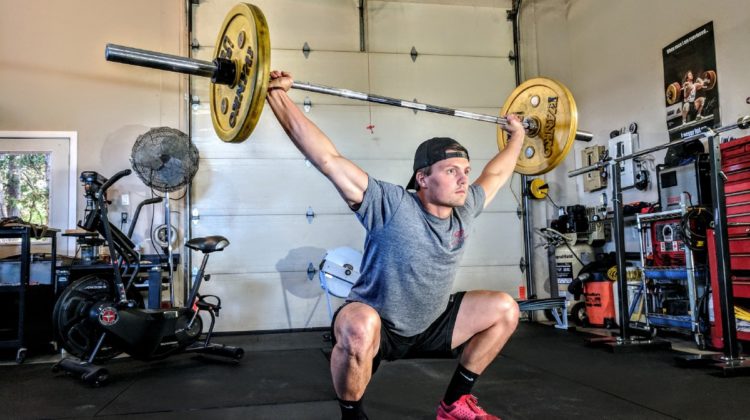
Just when people believed it safe to leave the house and go back to the gym, the pandemic pulled them back in again.
The November coronavirus surge locked down gyms for the second time in 2020 (at least the ones not re-opening outdoors in time for winter). Though COVID-19 vaccines are on the way, it’ll be months — if ever — before people start feeling OK with sweating among other humans. Which means human personal training is declining.
But training from a source that can’t spread a virus is another story.
The future of fitness could rely on adaptability and portability, says Michael Gamerl, the vice president of business development for AI-tutor company Riiid Labs.
“Scalable and individualized technology can be applied to fitness in much the same way that we are pioneering AI for learning,” Gamerl says. “Tests and learning objectives are no different from physical assessments and training objectives. What if we apply our deep learning algorithms to a fitness quiz and give students study items in health and wellbeing?”
Plenty of AI-driven fitness aps exist to plan a person’s exercise routine based on their goals, even helping motivate them to get there. But there’s room for improvement.
Riiid Lab’s technology for education assesses where a student is on a learning curve, what they need to improve, and designs them a path to get there. It offers real time assessments, adjusts study material, and recommends exercises based on results generated by the student.
The advantage of having a personal trainer is being guided from an expert observing their trainee’s workout and progress, then adjusting to their needs to produce optimum results.
They assess, adjust the workouts and recommend exercises based on results.
Sound familiar?
“The opportunity to adapt the concept of personalized learning to training is obvious,” Gamerl says. “People can establish their goals as needed. Maybe it’s just to lose a few pounds, but it could also be for serious competitive training with high-stakes goals in mind. It should also be applied to health metrics to prevent illness or to forestall damaging symptoms if suffering from a particular condition.”
An app may not have the same effect as a coach yelling at you to suck at it up. Then again, technology has a long history of effectively prodding — if necessary — humans into doing what’s best for them, going back to the alarm clock.
AI isn’t going to charge outrageous hourly fees and only be available to train certain times at certain places. If you want to jump on your bed at 3 a.m. and get moving. AI is awake and ready to teach you as much all you can know about what you’re doing — and not doing — to your body.
“We think of AI helping us in so many ways and the focus on education makes sense,” Gamerl says. “What better than the scalability of AI to help students achieve their personal goals through individualized lessons completed at their pace?”
The possibilities are endless. We’re used to mainstream tech monitoring our body movement. But what about personal lessons in kinesiology, adapting the most optimal workouts to one’s own body to maximize strength or endurance, relieve stress-related tension, lose weight, sleep better … whatever goal the user desires?
“Let’s take it a step further as we see obesity rates rise in nearly every country to confront the health crisis that has economic impacts beyond the obvious quality-of-life issues,” Gamerl says. “This Fitness AI could report on genuine achievements and give real-time feedback to individuals as well as partner doctors.”
Sharing information could blossom into sharing group or family goals beyond jostling for time on the expensive family Peloton.
“Encouragement for learning can be turned into encouragement for health and these can have dramatic impacts on our entire healthcare infrastructure,” Gamerl says. “This can be celebrated and rewarded in tangible ways, as with education. Mobile devices that are already tuned to count steps and measure activity can be integrated with Riiid Labs’ AI ed tech to take this to increasing sophisticated levels.
“Just as one-size-fits-all education has proven itself to be a poor classroom strategy, the same is true for individuals looking to improve their health. Tying in nutrition, workout preferences, available time and many other factors is complicated, but exactly the type of task for AI.”
The pandemic has given millions of people the opportunity to feel what not exercising is like. With a new year comes new hope, and likely a new surge in humans wanting to exercise after nearly a year in and out of lockdown. The safest, most inexpensive way to do so is still at home, with technology’s help.
